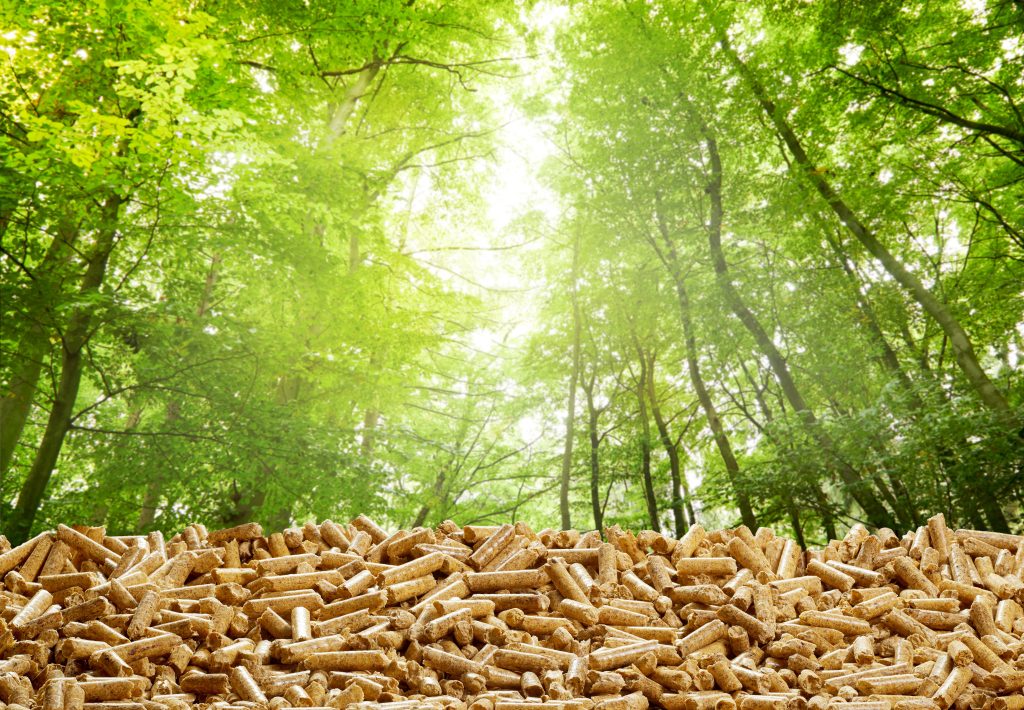Reduce Your Carbon Emissions with Wood Pellet Heat

“Wood pellets are a renewable fuel source that are made from compressed sawdust or wood chips. They come from a byproduct of the sawmill process, so they have a minimal impact on deforestation. They emit fewer greenhouse gases, carbon dioxide, and air pollutants compared to fossil fuels.” (Carbon Collective)
Where Does the Electricity Fueling Heat Pumps Come From?
The Maine Climate Council has, for good reasons, placed great emphasis on replacing fossil fuel heating with air-source heat pumps. But in terms of greenhouse gas emissions, where does the electricity come from?
Mostly because of the decommissioning of the Maine Yankee nuclear plant in Wiscasset, Maine now generates only 50% as much electricity as was the case in 2001. At present, only five states generate less electricity than Maine.
The good news is that 72% of the electricity generated in Maine is from renewable sources – the largest portion is hydro, followed by wind, biomass, and solar. The not-so-great news is that, according to the U.S. Energy Information Administration, “A significant amount of the electricity sold in the state is generated elsewhere.”
About one-third of Maine’s electricity comes through the New England Power Pool, managed by ISO New England, and from Canada. That percentage skyrockets at times, particularly during very cold weather. Half of the New England Power Pool supply is from natural gas; only 12% is from hydro, and 5% from renewables.
“Electrification” is not the perfect answer to decarbonizing heating in Maine. It also sends heating dollars out of state, whereas modern wood heating keeps our heating dollars here at home. (Sources of the above: U.S. Energy Administration State Analysis and ISO to Go New England)

